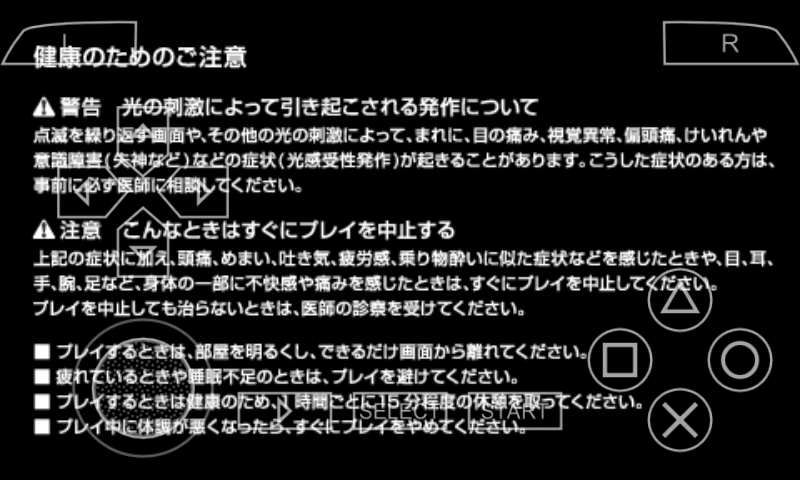Format FAT32, exFAT, and NTFS are three file system formats. These three formats are currently common in a variety of different storage devices. Each format has its characteristics.
What is FAT32?
FAT32 (File Allocation Table 32) is an old file system. This format was introduced with MS-DOS 7.1/Windows 95 in 1996. With its long presence, this format has become a standard. Many devices and operating systems can support this format. In this case, the FAT32 format has a very wide compatibility. The FAT32 format only supports devices with storage up to 32GB. That is why this format can be found on storage devices with 32GB or less capacity.
In addition, FAT32 has a limitation in storing single files with a maximum size of 4GB. This file system is more suitable for external storage media and cannot be used for internal drives because FAT32 does not have adequate permissions and security features.
- Advantages: High compatibility
- Disadvantages: Storage support limit is only 32GB with a single file of 4GB
- When to use: When used for removable devices, not planning to store large files, and when using storage media with a capacity of 32GB or less
What is NTFS?
NTFS (New Technology File System) is a file system used on computers or laptops with Windows-based operating systems (OS). The NTFS format can work well on Windows but has limited support on other devices and OS. This format does not have a realistic file or partition size limit. With that, NTFS can be used for very large storage devices.
NTFS is a modern file system. The technology used by this system supports file permissions for security, encryption, partitioning or volume quotas, performance, and other features.
- Advantages: High storage support, modern features
- Disadvantages: Limited compatibility
- When to use: When using media storage on Windows devices
What is exFAT?
exFAT (Extensible File Allocation Table) is a file system format that is an “upgrade” from the FAT32 format. The compatibility of the exFAT format is quite wide. Many devices and OS can support it. In addition, this format can support storage media with more than 64GB size and can store single files
larger than 4GB.
- Advantages: High storage support, wide compatibility
- Disadvantages: There are still devices or features that are not supported
- When to use: When you want to use media storage that is used across devices or OS
Conclusion
- NTFS is a modern file system used by Windows on its drive by default
- FAT32 has wider compatibility but with storage limitations
- exFAT can be an alternative to replace FAT32 with greater compatibility than NTFS
*Additional notes
- The term “removable device” refers to a device that can be easily removed from a computer or other device, such as a flash drive, memory card, or external hard drive.
- The term “cross-platform” refers to a device or software that can be used on multiple operating systems.



